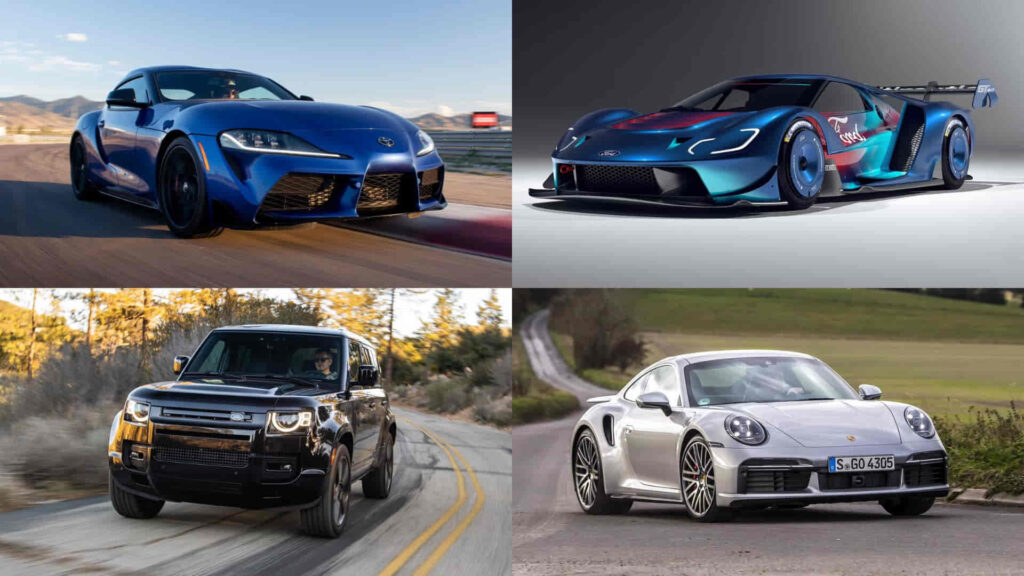
Some cars never truly disappear. Their engines fall silent, yet their essence lingers — reborn in new forms that carry the same passion, silhouette, and philosophy. These creations are more than simple redesigns. They are Automotive Spiritual Successors, machines that bridge the past and the present, capturing the emotional and mechanical DNA of icons that once ruled the road.
In a world obsessed with innovation, heritage has become a secret ingredient of desire. Automakers are not just building faster or cleaner cars; they are resurrecting memories, turning nostalgia into a modern experience. Every curve, sound, and movement in these models whispers stories of legacy and evolution. From hand-crafted performance to electric reinvention, these vehicles redefine what it means to honor tradition in the age of progress.
This article explores ten remarkable examples that have mastered the art of rebirth. Each one reflects how the soul of a classic can adapt, transform, and thrive in a new era without losing its authenticity. Together, they prove that automotive heritage is not a relic of the past but a living force — constantly evolving, always relevant, and endlessly inspiring.
Contents
- Toyota GR Supra – Successor to the A80 Supra Legend
- Ford GT – Successor to the GT40
- Nissan Z – Successor to the 240Z
- Alpine A110 – Successor to the Classic A110
- Honda NSX – Successor to the 1990 NSX
- BMW 8 Series – Successor to the 1990 E31 8 Series
- Land Rover Defender – Successor to the Classic Defender
- Porsche 911 (992) – Evolution of the Original 911
- Mini Cooper (BMW Era) – Successor to the Classic Mini
- Fiat 500e – Successor to the 1957 Fiat 500
Toyota GR Supra – Successor to the A80 Supra Legend
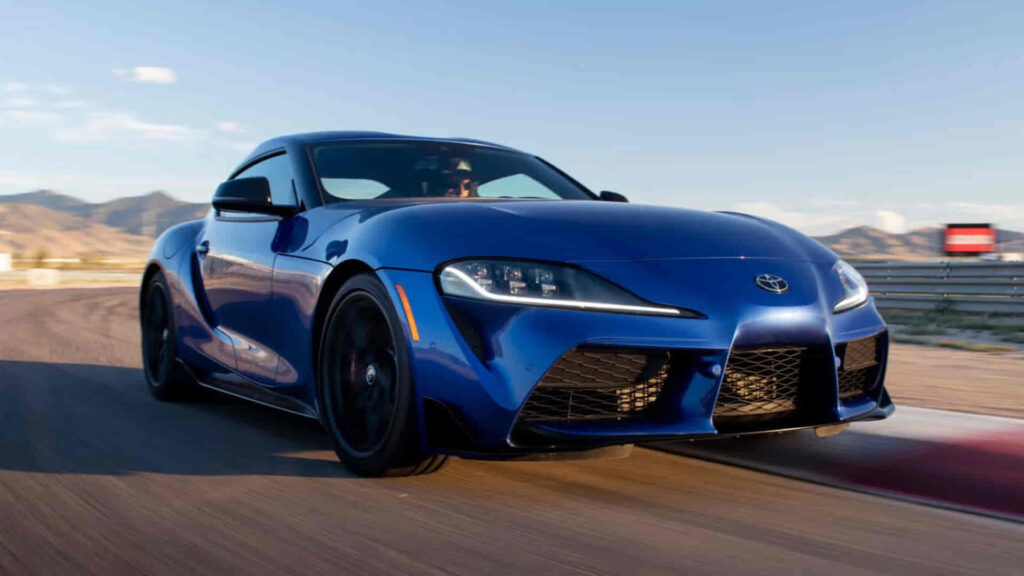
Few names in automotive history evoke as much excitement as the Supra. When Toyota revived this icon after nearly two decades, expectations were sky-high. The new GR Supra emerged not just as a modern sports car but as one of the most faithful Automotive Spiritual Successors ever built. It carries the soul of the legendary A80 Supra while adapting it to a new generation obsessed with precision and performance.
The connection between the two models goes beyond styling. The long hood, compact wheelbase, and rear-wheel-drive layout mirror the timeless proportions that made the original a JDM legend. Beneath its sculpted body lies a turbocharged heart that blends brute force with technical finesse. Although purists questioned its partnership with BMW, the collaboration resulted in a chassis that feels alive and balanced, echoing the purity of old-school driving.
What truly makes the GR Supra a spiritual successor is its emotional continuity. It rekindles that sense of raw enthusiasm and individuality that the A80 once inspired. On the open road, it feels familiar yet renewed — a car that respects its heritage without being trapped by it. In every rev, the GR Supra proves that legacy and evolution can coexist in perfect harmony, keeping Toyota’s performance spirit alive for a new era.
Ford GT – Successor to the GT40
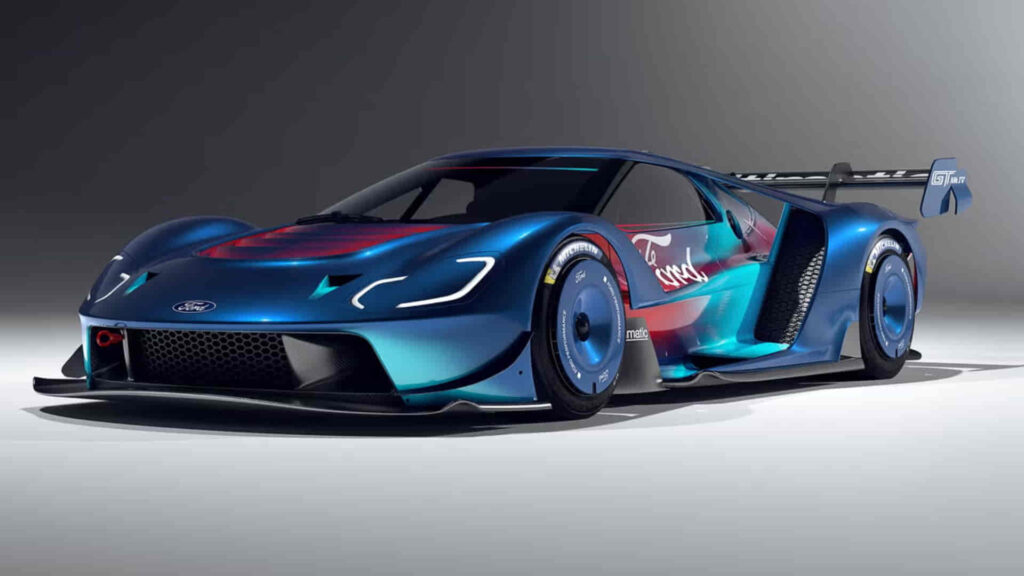
The Ford GT is not merely a car; it is a declaration that legends never fade. As one of the most celebrated Automotive Spiritual Successors, the modern GT carries the same defiant spirit that helped the GT40 conquer Le Mans in the 1960s. Its purpose has evolved, but its mission remains unchanged — to prove that American engineering can challenge the world’s best.
The visual link between the two is unmistakable. The teardrop shape, the massive rear haunches, and the mid-engine stance are all tributes to the GT40’s aerodynamic genius. Yet beneath its carbon-fiber skin lies a reimagined masterpiece. The EcoBoost V6 may sound like heresy to purists who worship the old V8, but it delivers staggering performance with surgical precision. Every vent, duct, and curve serves a function, turning design into an extension of physics rather than nostalgia.
What makes the Ford GT truly exceptional is how it translates history into innovation. It is not a replica, but a reinterpretation — a car that understands its origins while writing a new chapter of American performance. Each drive feels like a dialogue between eras, where the echo of Le Mans victory meets the pulse of modern technology. The GT stands as proof that when heritage meets innovation, the result is timeless power.
Nissan Z – Successor to the 240Z
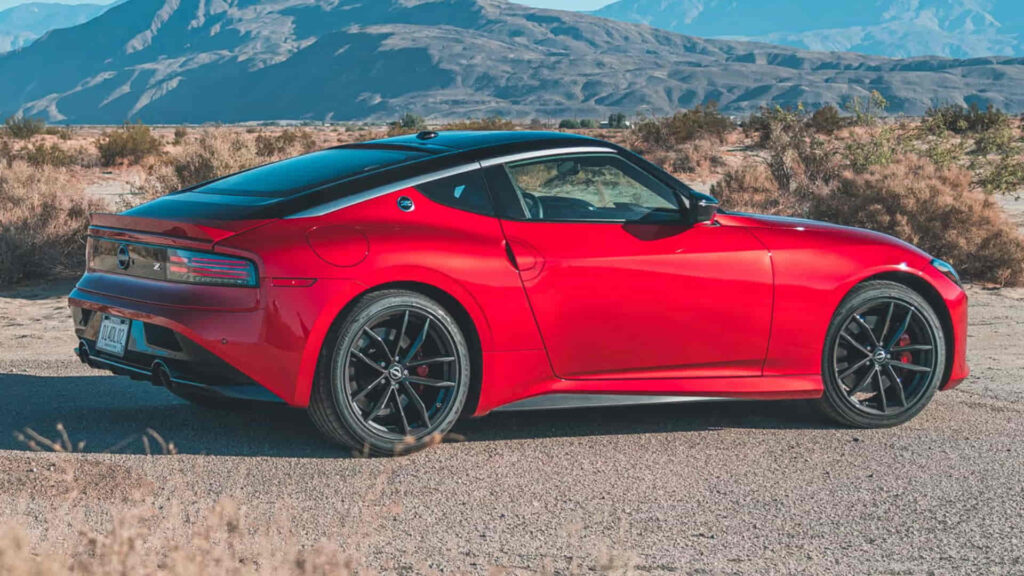
The return of the Nissan Z is more than a model launch; it is an emotional reconnection with the roots of pure driving. As one of the most authentic Automotive Spiritual Successors, the new Z honors the legacy of the original 240Z — a car that once symbolized attainable performance and unfiltered joy behind the wheel.
From its long hood to its fastback silhouette, every line of the new Z whispers the memory of its ancestor. Nissan’s designers didn’t chase trends; they revived an identity. The headlights recall the 240Z’s expressive eyes, and the taillights reinterpret the classic 300ZX design with futuristic clarity. Underneath, the twin-turbo V6 injects the power that today’s enthusiasts crave while preserving the balance and engagement that made the early Z cars legendary.
But the spiritual connection goes beyond aesthetics and performance. The new Z embraces the same philosophy that defined the Datsun era — a sports car built for passion, not prestige. It is a reminder that driving should still stir the soul, even in an age of automation. Every gear change feels like a conversation between generations, proving that legacy can evolve without losing its essence. The Nissan Z does not merely resurrect a name; it revives a feeling.
Alpine A110 – Successor to the Classic A110
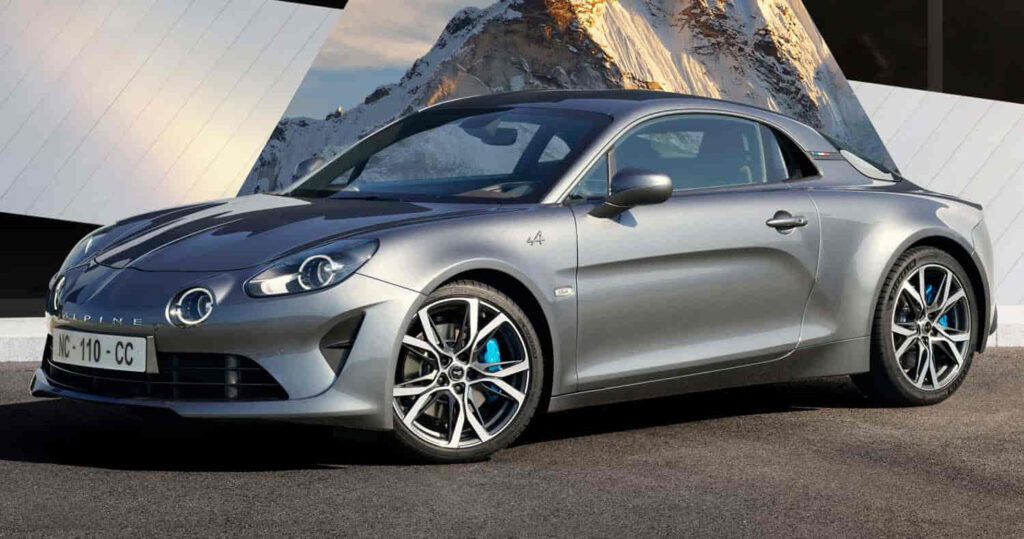
Few revivals capture the purity of driving like the reborn Alpine A110. As one of the most refined Automotive Spiritual Successors, it mirrors the essence of its 1960s ancestor without succumbing to excess. The modern A110 is not about brute force or digital complexity; it is about rediscovering simplicity, agility, and emotion — the true DNA of the original Alpine spirit.
The connection between past and present is immediate. The modern A110 carries the same compact proportions and sculpted lightness that once defined rally legends across Europe. Its aluminum construction ensures razor-sharp responsiveness, while the mid-engine layout delivers a balance that feels instinctive rather than engineered. Every movement of the steering wheel reminds the driver of an era when skill mattered more than software.
What makes the Alpine A110 remarkable is how it redefines nostalgia through authenticity. It doesn’t try to mimic the old car; it channels its soul. Instead of drowning in horsepower wars, it celebrates connection and control. This approach turns the A110 into more than just a car — it becomes a conversation with history, a living tribute to French craftsmanship and purity in motion. In a world where many chase speed, Alpine still pursues sensation, proving that true heritage is felt, not just remembered.
Honda NSX – Successor to the 1990 NSX
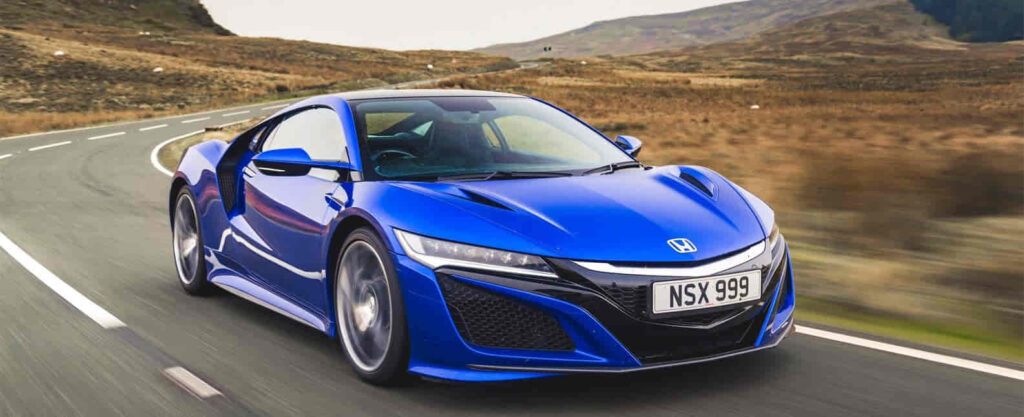
When Honda revived the NSX, it wasn’t just resurrecting a supercar; it was reigniting a philosophy. The original 1990 NSX was a revelation — a machine that proved precision and usability could coexist in a world dominated by temperamental exotics. The new NSX continues that mission, emerging as one of the most technologically advanced Automotive Spiritual Successors, blending hybrid power with human-centered design.
The lineage is unmistakable. Both generations share a dedication to balance rather than brute force. The new NSX’s hybrid twin-turbo V6 and electric motors don’t just chase performance numbers; they redefine control and response. It embodies the same principle that Ayrton Senna helped shape decades ago — intuitive connection between car and driver. Each corner, each throttle input feels like an echo of the past refined through the lens of modern engineering.
Beyond performance, the modern NSX honors its heritage by redefining what a Japanese supercar means today. It carries forward Honda’s obsession with precision and integrity while adapting to the electrified future. This NSX doesn’t imitate its predecessor; it evolves it. It’s proof that innovation can preserve emotion, and that the soul of a legend can thrive even when powered by electricity and algorithms. The NSX reminds the world that technology can serve passion — not replace it.
BMW 8 Series – Successor to the 1990 E31 8 Series
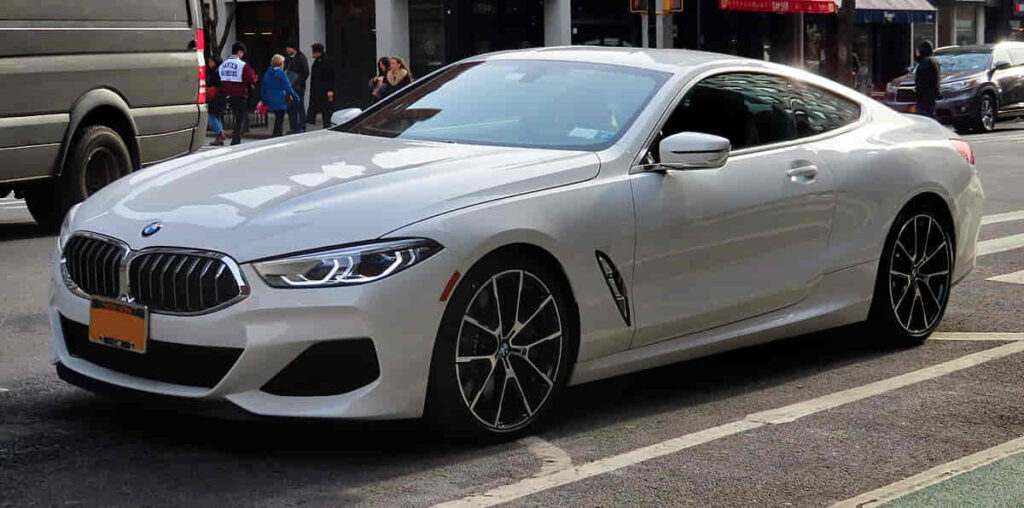
The BMW 8 Series has always represented more than speed; it is the embodiment of grand touring sophistication. When the E31 debuted in the early 1990s, it redefined what a luxury performance coupe could be — elegant, powerful, and ahead of its time. Decades later, the modern 8 Series returns as a proud continuation of that legacy, positioning itself as one of the most graceful Automotive Spiritual Successors of the modern era.
The connection between the two generations is subtle yet profound. The long hood, low-slung stance, and sweeping roofline remain faithful to the E31’s timeless proportions. However, the new 8 Series introduces a sharper personality, merging digital precision with emotional design. Inside, craftsmanship takes center stage — soft leather, ambient lighting, and driver-focused ergonomics evoke the spirit of classic BMW luxury while embracing today’s innovation.
Performance has also evolved. The latest 8 Series balances effortless power with refinement, delivering grand touring comfort without sacrificing excitement. It doesn’t just mimic the past; it interprets it through modern sensibility. Every journey in the 8 Series feels like a dialogue between generations, where nostalgia meets technology. BMW has managed to preserve the charisma of the original while shaping it for a new kind of driver — one who seeks not only performance, but presence.
Land Rover Defender – Successor to the Classic Defender
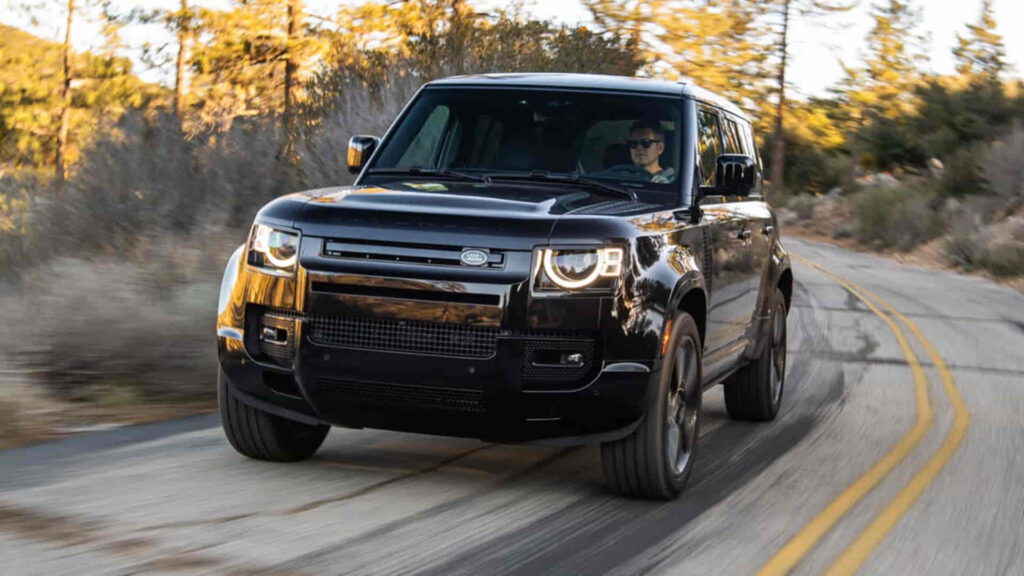
The rebirth of the Land Rover Defender stands as one of the most ambitious transformations in modern automotive history. Once a rugged tool built for explorers and farmers, the Defender has evolved into a sophisticated off-roader that balances heritage with innovation. As one of the most respected Automotive Spiritual Successors, the modern Defender proves that evolution does not mean abandonment — it means adaptation.
The original Defender was iconic for its simplicity and endurance, traits that defined generations of adventurers. The new version preserves that DNA but expresses it through modern engineering. Its boxy silhouette pays homage to the original, yet its presence feels sculpted and refined. Underneath, advanced suspension systems and intelligent terrain response technologies ensure that the Defender remains unstoppable, whether crossing deserts or city streets.
What makes the modern Defender special is how it captures the emotional strength of its predecessor without mimicking its limitations. It is a tribute, not a replica. The vehicle speaks to a new era of exploration — one where comfort and capability coexist. With its blend of authenticity and progress, the Land Rover Defender demonstrates that true legacy isn’t frozen in time; it evolves, enduring every landscape, every generation, and every challenge.
Porsche 911 (992) – Evolution of the Original 911
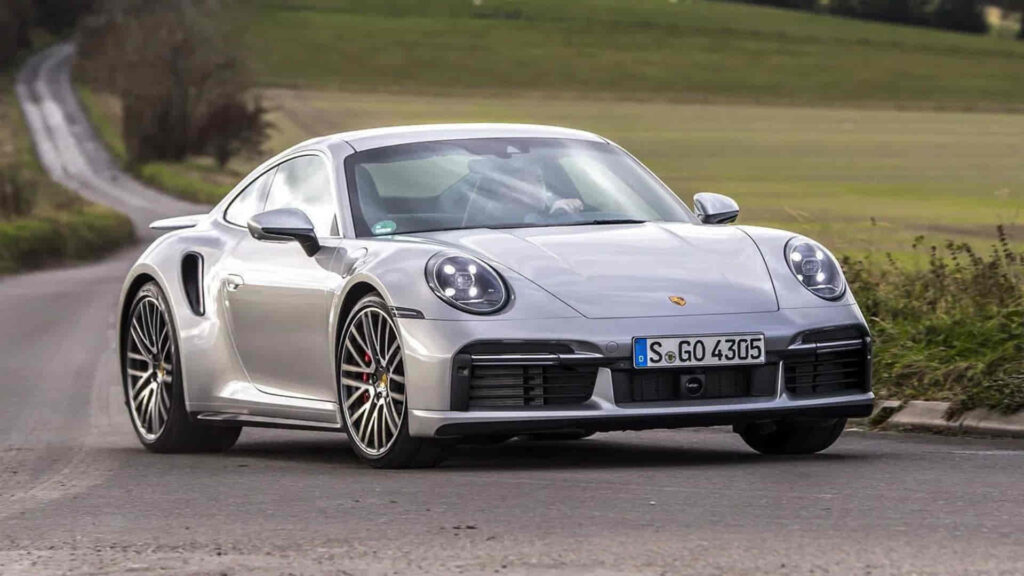
No discussion about Automotive Spiritual Successors would be complete without the Porsche 911. More than a car, it is a living lineage — a rare example of continuous evolution spanning over six decades. The 992 generation is not just a new model; it is a masterclass in how to preserve identity while embracing progress. Every curve, every gear, every sound reminds drivers why the 911 remains one of the most enduring icons in automotive history.
The 992 doesn’t try to reinvent the formula; it refines it. The rear-engine layout, once controversial, has become a defining symbol of Porsche’s engineering courage. The silhouette still carries the unmistakable teardrop profile of the original, while the interior brings a harmony of analog emotion and digital precision. It is a car that connects the human experience of driving with the technological sophistication of today’s world.
What makes the 911 extraordinary is its commitment to evolution rather than revolution. Each generation feels familiar yet improved, traditional yet daring. The 992 continues that philosophy perfectly, blending performance, comfort, and control with an unwavering respect for its origins. In a landscape where many icons fade or fracture, the 911 stands alone as proof that true heritage doesn’t need revival — it simply never dies.
Mini Cooper (BMW Era) – Successor to the Classic Mini
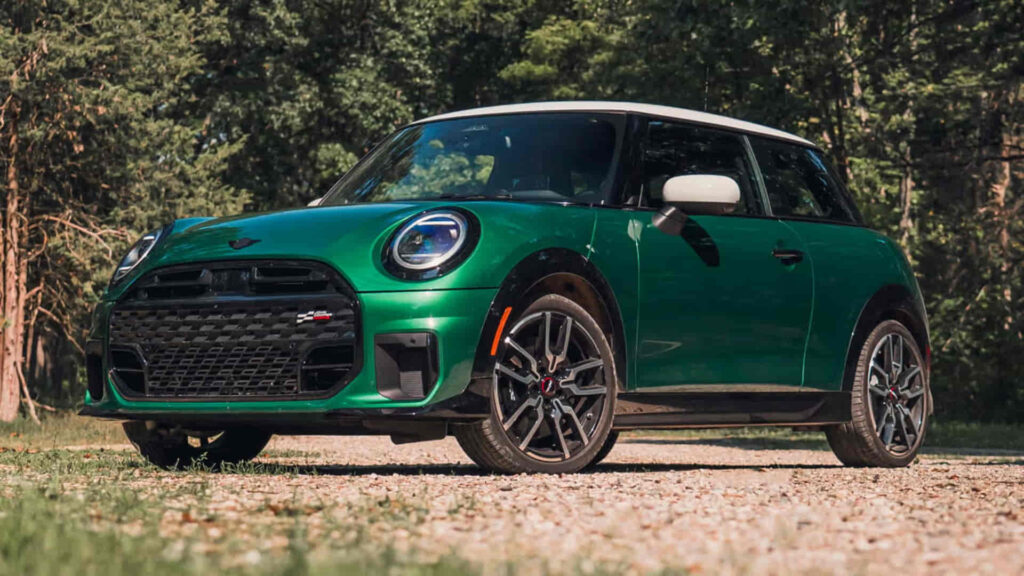
Few cars have managed to preserve their cultural identity as faithfully as the Mini Cooper. When BMW took over the brand, skepticism filled the air. Could a German manufacturer capture the soul of a British icon? Decades later, the answer is clear. The modern Mini Cooper stands as one of the most joyful Automotive Spiritual Successors, seamlessly merging nostalgia, design charm, and contemporary performance into a single, unmistakable personality.
The essence of the original Mini was simplicity, agility, and fun. The BMW era revived those values but dressed them in sophistication. The compact dimensions and playful stance remain, yet the interior now offers premium craftsmanship and technology that elevate everyday driving. The go-kart feeling — that quick, responsive energy — continues to define the experience, connecting every generation of drivers to the same youthful spirit that made the 1960s Mini a global phenomenon.
What makes the modern Mini special is its authenticity. It never tries to imitate the past; it celebrates it with confidence and style. Every drive feels like a reminder that heritage can be both fashionable and functional. The Mini Cooper’s lasting success lies in its ability to evolve without losing its cheeky personality. It proves that true automotive icons don’t just survive through time — they adapt, thrive, and keep smiling along the way.
Fiat 500e – Successor to the 1957 Fiat 500
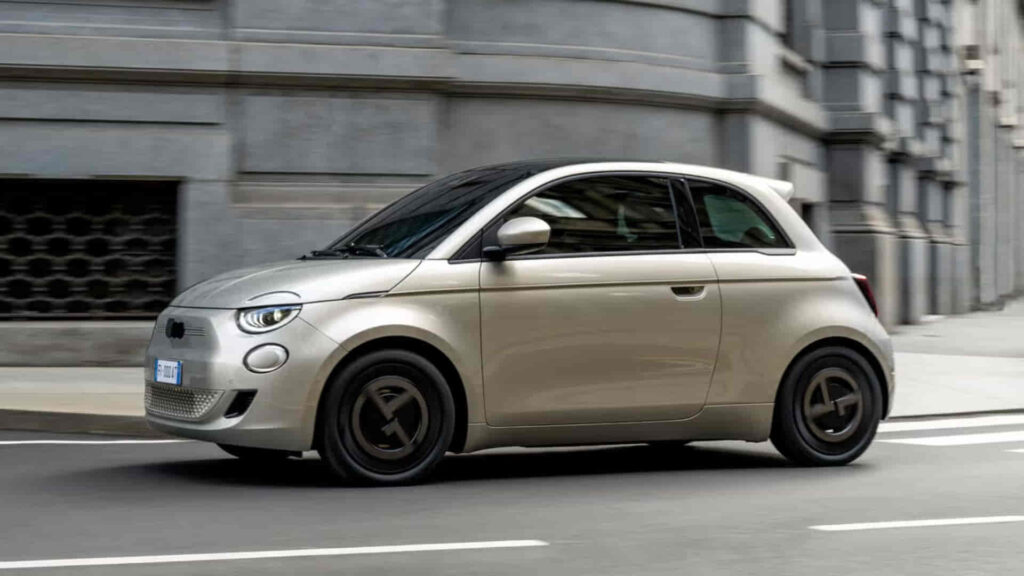
The Fiat 500e embodies the rarest kind of reinvention — one that electrifies nostalgia without erasing it. As one of the most charming Automotive Spiritual Successors, the 500e captures the heart of the 1957 original while propelling it into a new, sustainable era. It is not merely an electric car; it is a cultural statement that blends Italian flair with modern conscience, proving that heritage can evolve gracefully in a world powered by change.
The design remains unmistakably Fiat. Rounded headlights, compact curves, and that friendly silhouette still radiate the same optimism that once defined post-war Italy. Yet beneath the familiar shape lies an electric soul, silent and efficient, designed for the rhythm of modern city life. Inside, the 500e delivers a surprising sense of style and serenity — a space where minimalism meets charm, turning daily commutes into moments of joy.
What makes the 500e a true successor is its spirit of accessibility. The original Fiat 500 was built for everyone, and the 500e honors that mission by making sustainability stylish and approachable. It doesn’t shout about technology; it whispers nostalgia in a new language. The Fiat 500e proves that even as engines disappear, the essence of motion — the feeling of freedom and simplicity — can live on in electric form.
Conclusion
In the ever-evolving landscape of the automobile industry, heritage has become more than history — it has become an emotional compass. The greatest Automotive Spiritual Successors remind us that progress is not about abandoning the past but understanding it deeply enough to build upon it. Each car in this list, from the reborn GR Supra to the electrified Fiat 500e, tells the same story in a different accent: that the soul of a machine can survive transformation.
What unites these vehicles is their ability to honor legacy without becoming prisoners of nostalgia. They reinterpret design, performance, and emotion in ways that connect generations of drivers. Whether through hybrid innovation, digital craftsmanship, or pure mechanical artistry, each model redefines what heritage means in the modern world.
The future of automotive culture depends not only on how we innovate but also on what we choose to preserve. These spiritual successors prove that memory and motion can coexist — that the road ahead is richer when it carries echoes of where we’ve been. The question now belongs to you: which modern car do you believe truly keeps the spirit of its ancestor alive?